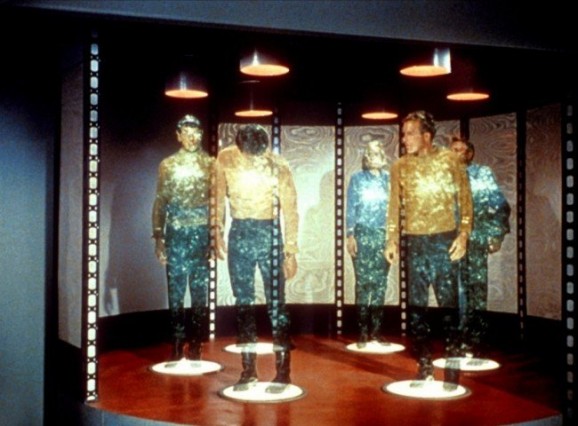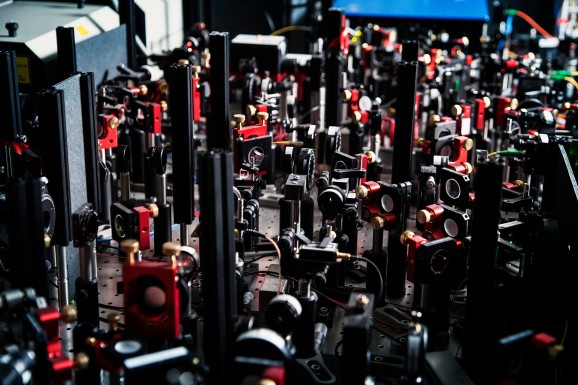Scientists Achieve Quantum Teleportation Breakthrough
This article is more than 2 years old
 If I could have any superpower, it would be the ability to teleport. Just think of it—the entire world at your fingertips. What’s the use of being invisible or flying if you can just instantaneously transport yourself somewhere? And to never have to buy another plane ticket or sit in a cramped cabin with a crying kid? Sign me up. Sadly, it’s not as easy as it seems on Star Trek, but recently, Dutch scientists at the Delft Institute of Technology have made a major breakthrough that gives people like me hope: they have achieved the quantum teleportation of data.
If I could have any superpower, it would be the ability to teleport. Just think of it—the entire world at your fingertips. What’s the use of being invisible or flying if you can just instantaneously transport yourself somewhere? And to never have to buy another plane ticket or sit in a cramped cabin with a crying kid? Sign me up. Sadly, it’s not as easy as it seems on Star Trek, but recently, Dutch scientists at the Delft Institute of Technology have made a major breakthrough that gives people like me hope: they have achieved the quantum teleportation of data.
This is, admittedly, a far cry from teleporting matter, but the new findings could revolutionize the way we transmit data, both in terms of speed and security. Even Albert Einstein doubted that this was possible, and how often do we get to prove him wrong? Einstein was skeptical about the idea of quantum entanglement, which proposes that particles maintain a link even when separated. Once those particles are divided, Einstein believed, they shouldn’t behave as though they’re still entangled. He even called the idea “spooky action at a distance.”
But it turns out that quantum entanglement is more than just a spooky idea, and the new research indicates that particles are indeed linked on a quantum level, which means that interactions between the particles can take place instantly, across any distance. One half of an entangled particle couple will determine the spin rate and direction of its other half, even if it’s across the universe. The researchers achieved this effect, quantum teleporting data across a distance of about 10 feet, which may not seem far, but the results published in Science magazine constitute proof of concept.

Quantum bits, otherwise known as qubits, don’t work on the binary system. Their values can be infinite, which means that if we can build computers with entangled quantum particles, we could transmit information instantaneously, faster than the speed of light. And it would be a major blow to hackers. Right now, the race is on to build quantum computing systems. China’s in the game, as are DARPA and the NSA. While quantum computers would be awesome, I’m still waiting to be beamed up.












